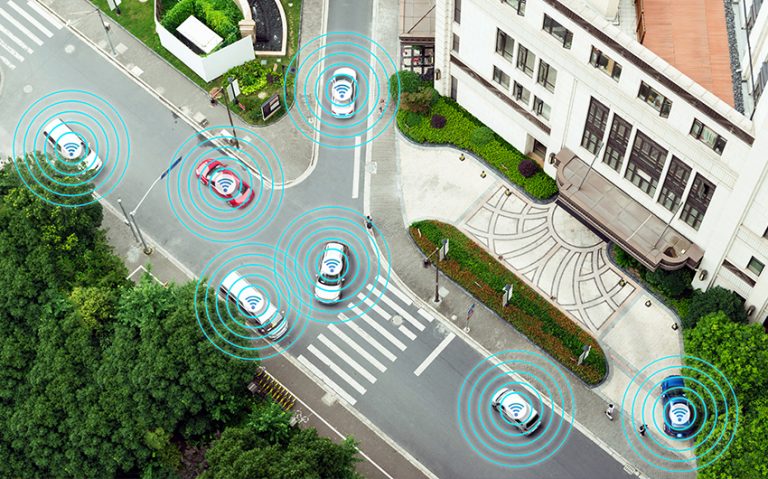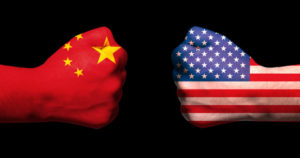Makers of medical equipment need not fear yet.
- As Apple is tweaking how the Apple Watch monitors the user’s heart rate, it becomes abundantly clear that health wearables are far from being able to challenge the medical devices industry.
- Most wearables that track heart rate do it by measuring the absorption of green light by capillaries.
- When the heart beats, blood volume increases and the absorption of green light increases such that the pulse can be detected.
- The downside of this is that to have it running all the time is a massive drain on the battery.
- In a wearable the battery is hugely constrained by size and weight.
- Consequently, most wearables measure the user’s heart rate periodically unless the user begins an exercise program.
- The problem with this method is that device latches onto a capillary pattern meaning that if the device moves, the signal is lost.
- This is why Apple has switched from monitoring heart rate every 10 minutes to monitoring it when that user is not moving.
- The Apple watch should now sport more accurate heart rate monitoring but its estimation of calorie burn will now be less accurate as more calories are burned when the user moves.
- Microsoft has got around this problem by designing the strap so that the device does not move even when not tightly attached.
- This intermittent monitoring combined with the fact that heath data from wearables is not very accurate make them suitable for recreational purposes only.
- I think that inaccurate health data is bad at best and dangerous at worst and so I do not see any real threat to the medical devices industry for now.
- That being said, these devices are likely to improve and a few generations down the road, I can see this being a major issue.
- Currently, wearables are good enough to monitor biometric data for recreational and basic fitness uses but nothing more.
- This makes a wearable nice to have but it still means there is no burning reason why a user must have one of these devices.
- This has been echoed in Apple stores, where the Apple Watch tables are the least visited and the most asked question is “why should I buy one?”
- This is why shipments of Apple Watch have been below bullish forecasts and why many users stop using a wearable within three months of purchase.
- However, wearables are likely to be an important part of the ecosystem once everyone has figured out a use case that makes them a must have.
- Until then they are likely to remain in the realm of early adopters, techies and the Apple fan base.
- Hence, I don’t see wearables having a meaningful financial impact on any of the ecosystem players in 2015E, although it is clear that all players are preparing for a time when they will.








Huawei – Slow Slippage
22 April 2024